In our quest for the latest hacks and high-tech solutions, it’s easy to forget that generations before us managed just fine—with methods that were often brilliantly simple and surprisingly effective. From cleaning tricks to food preservation and home maintenance, many old-school habits have stood the test of time for good reason. In fact, some of these vintage practices are not only just as useful today, but they might actually be smarter than their modern counterparts. Here are 13 old household habits that prove sometimes, the old ways really are the best.
1. Vinegar and Newspaper for Streak-Free Windows
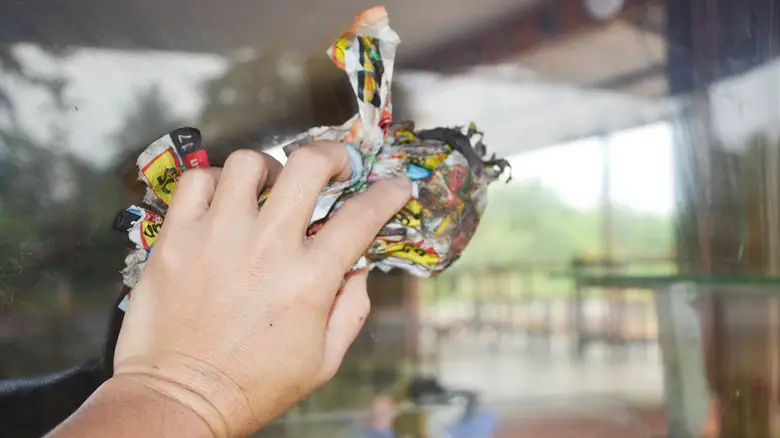
Grandmothers have long used vinegar and newspaper to clean windows without streaks. According to Good Housekeeping, vinegar’s acidity breaks down grime, while the newspaper prevents lint left behind by paper towels. Mixing equal parts white vinegar and water creates an effective, chemical-free cleaner. For best results, wipe in circular motions before switching to vertical strokes.
This method is not only affordable but also environmentally friendly. Newspapers don’t leave residue like microfiber cloths, making them ideal for glass surfaces. Vinegar also helps repel dust, keeping windows cleaner for longer. With this old-fashioned trick, you can achieve crystal-clear windows without the need for commercial cleaners.
2. Baking Soda to Freshen Carpets

Baking soda has been a staple in household cleaning for generations. According to Better Homes & Gardens, sprinkling baking soda over carpets before vacuuming helps absorb odors and lift dirt. Letting it sit for at least 15 minutes allows it to neutralize pet smells, food spills, and musty odors. A quick vacuum afterward leaves carpets fresh and clean.
Unlike artificial air fresheners, baking soda eliminates odors at the source rather than masking them. It’s a non-toxic option, making it safe for homes with children and pets. This simple yet effective method is a budget-friendly way to keep carpets smelling fresh. Plus, it works just as well on rugs, mattresses, and even upholstery.
3. Lemon and Salt to Clean Cutting Boards

Wooden cutting boards can harbor bacteria if not cleaned properly. Real Simple recommends using a combination of lemon and salt to disinfect and deodorize them naturally. Sprinkling coarse salt over the board and scrubbing with half a lemon removes stains, odors, and lingering food particles. The citric acid in lemons acts as a natural antibacterial agent.
This method is especially effective for removing garlic, onion, and fish smells. After scrubbing, rinse with warm water and let the board air dry completely. Unlike harsh chemical cleaners, lemon and salt won’t damage the wood over time. It’s an easy and natural way to keep cutting boards fresh and sanitary.
4. Toothpaste to Remove Scuffs from Shoes

Scuffed shoes can look worn out, but toothpaste is an old-fashioned trick to restore their shine. According to Reader’s Digest, non-gel white toothpaste works as a mild abrasive that lifts stains and scuffs from leather and rubber. Applying a small amount with a soft cloth and gently scrubbing can make shoes look new again.
After buffing the scuff marks, wipe away excess toothpaste with a damp cloth. This method works particularly well on white sneakers, helping remove dirt and discoloration. Unlike expensive shoe polishes, toothpaste is a quick and inexpensive alternative. A little effort can bring back the original luster of your favorite pair of shoes.
5. Salt to Tackle Grease Stains
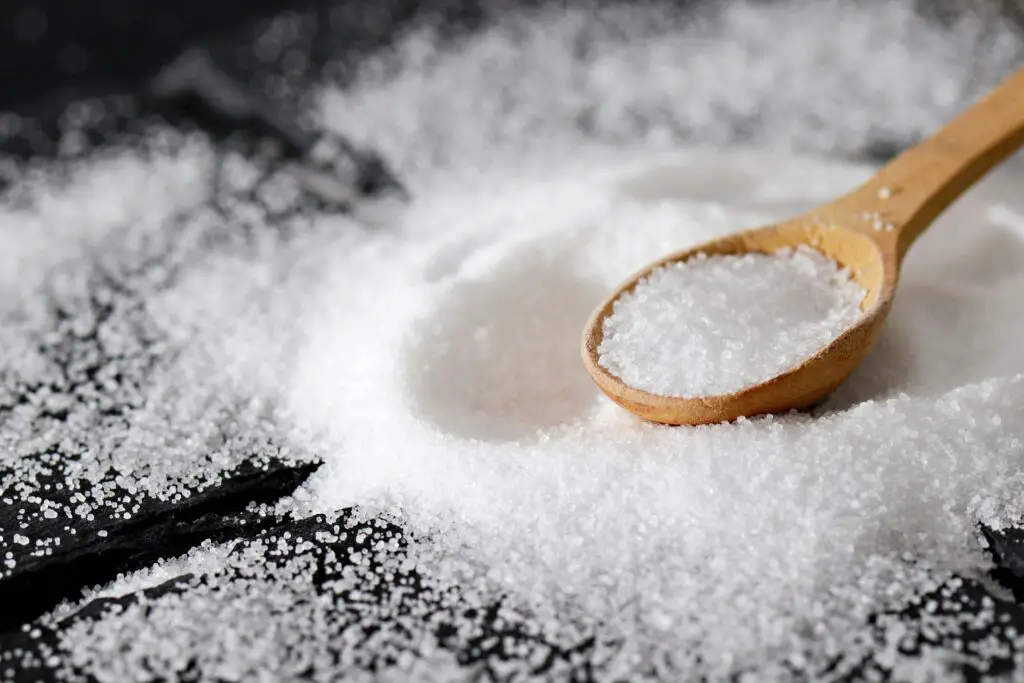
Salt isn’t just for seasoning—it’s also great for absorbing grease stains. Sprinkling salt over a fresh grease spill on fabric or upholstery helps draw out the oil before it sets. After letting it sit for a few minutes, brushing it off and washing the area with dish soap can prevent permanent staining.
For kitchen spills, salt can also help soak up oil on stovetops and counters. Combined with baking soda, it creates a gentle scrubbing paste for tough grease buildup. This simple trick has been used for generations to fight stubborn stains without harsh chemicals.
6. Cornstarch for Streak-Free Glass
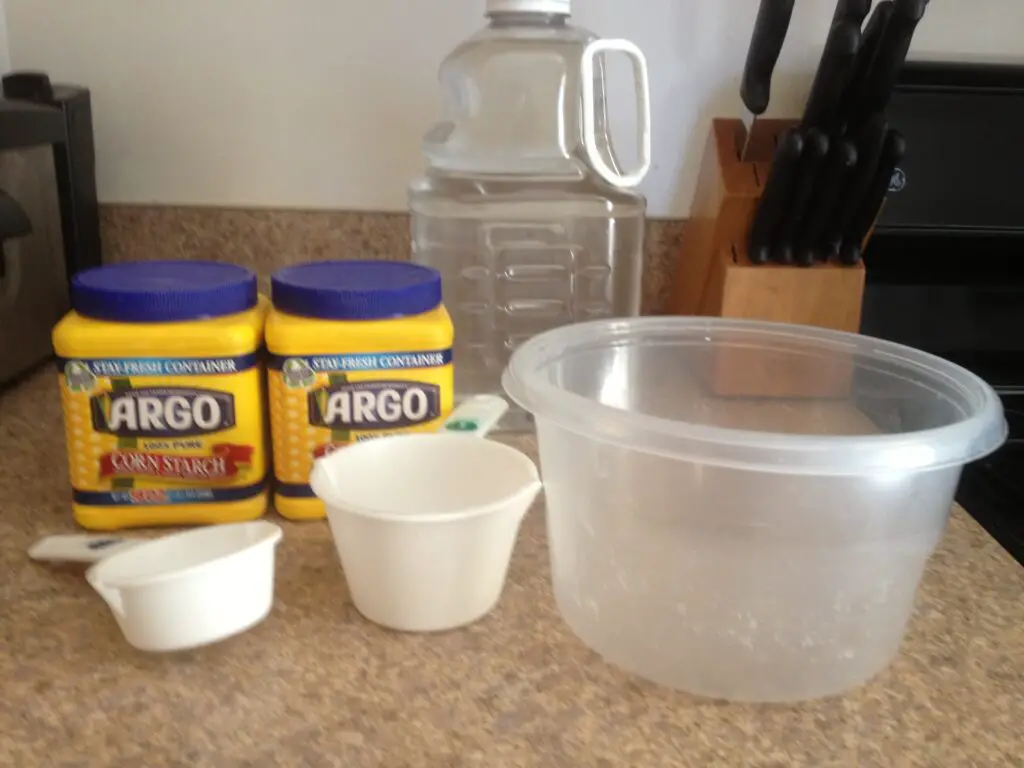
Cornstarch is a surprising yet effective ingredient for glass cleaning. When mixed with water and vinegar, it creates a streak-free solution that makes windows and mirrors shine. The fine particles in cornstarch act as a gentle abrasive, breaking down smudges without scratching surfaces.
This method leaves no sticky residue and works well on car windows, shower doors, and glass tabletops. It’s a budget-friendly alternative to store-bought glass cleaners and is free from artificial fragrances. Grandmothers relied on this hack to keep their glass surfaces spotless with minimal effort.
7. Club Soda to Remove Fabric Stains
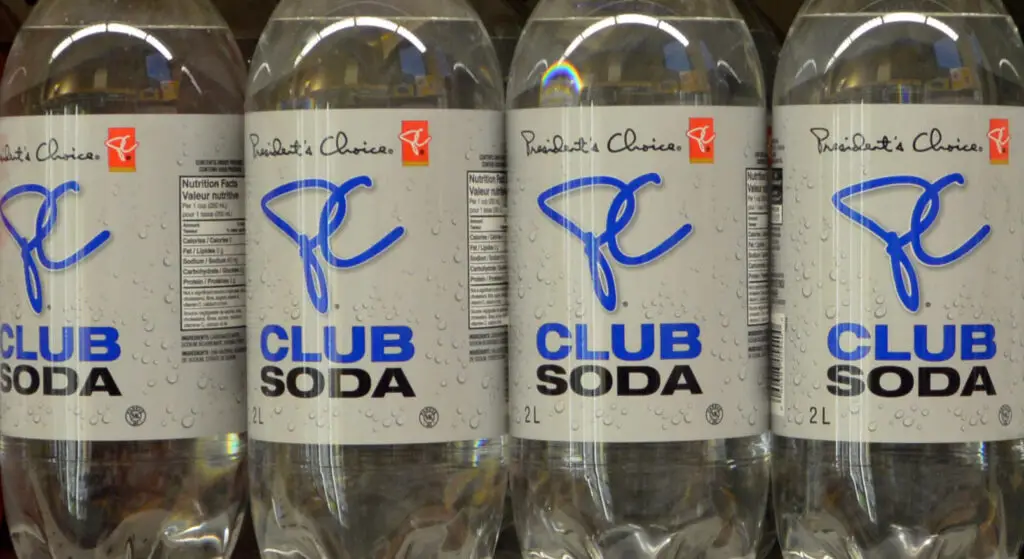
Club soda has been a go-to remedy for stain removal for decades. Pouring it directly onto a stain and blotting with a cloth helps lift red wine, coffee, and ink stains. The carbonation helps loosen the stain, making it easier to remove from fabric.
This trick is especially helpful for fresh spills, preventing them from setting into the fibers. It works on clothing, upholstery, and even carpets. A bottle of club soda is an easy and affordable way to tackle unexpected stains on the go.
8. Dryer Sheets to Repel Dust
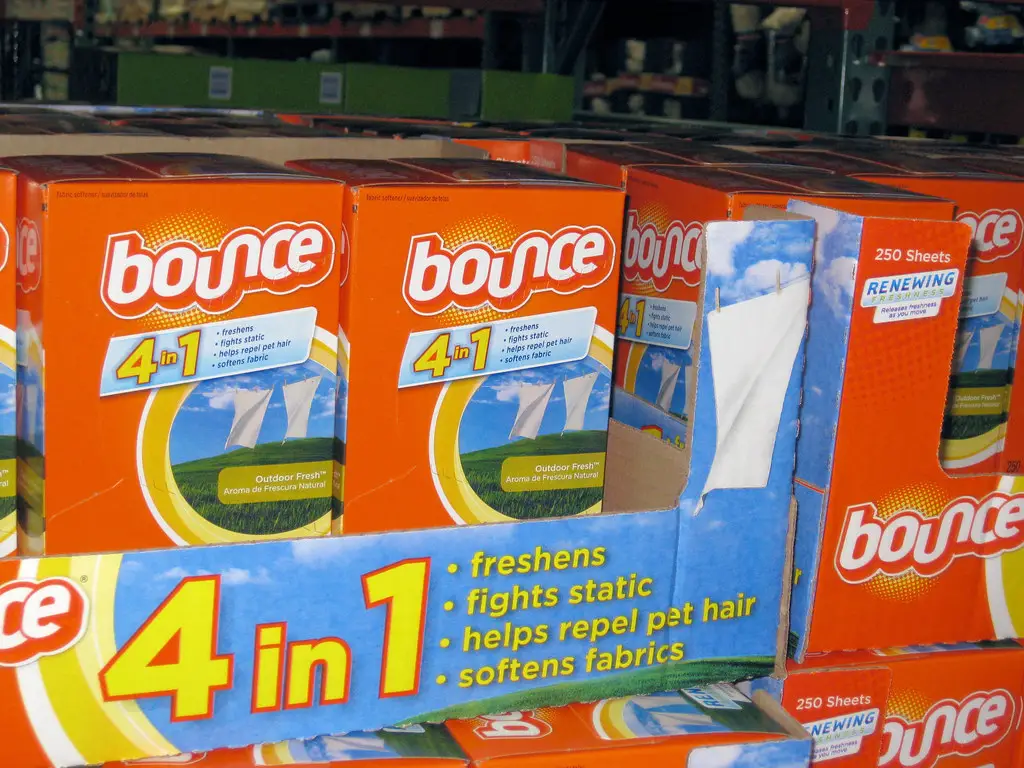
Dryer sheets do more than soften laundry—they also repel dust. Running a used dryer sheet over baseboards, blinds, and electronics helps reduce static, preventing dust from settling. This simple trick keeps surfaces cleaner for longer.
Using dryer sheets for dusting is a great way to reuse them after laundry. They work particularly well on TV screens and computer monitors, where dust tends to collect. A quick wipe-down leaves a fresh scent and reduces the need for frequent dusting.
9. Olive Oil to Polish Wood Furniture
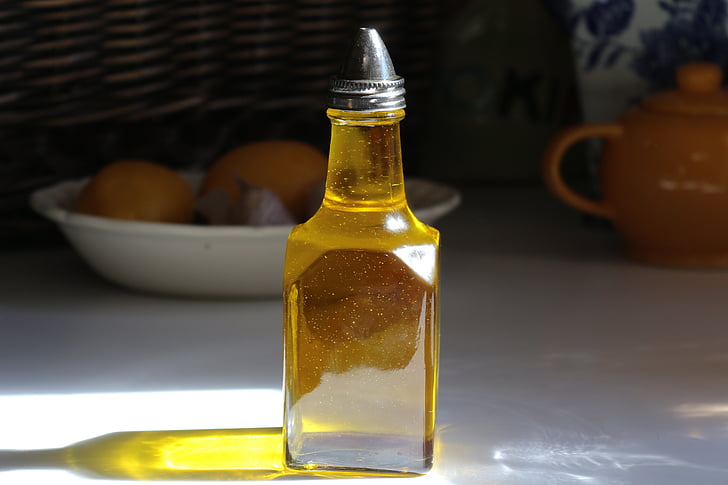
Olive oil isn’t just for cooking—it’s also a natural wood polish. Rubbing a small amount onto wooden furniture with a soft cloth restores shine and prevents drying. This method enhances the wood’s natural beauty without harmful chemicals.
A mixture of olive oil and vinegar can also remove water rings and minor scratches. Unlike commercial polishes, it doesn’t leave a sticky residue. Grandmothers used this trick to keep wooden furniture looking beautiful for years.
10. Hydrogen Peroxide to Whiten Grout
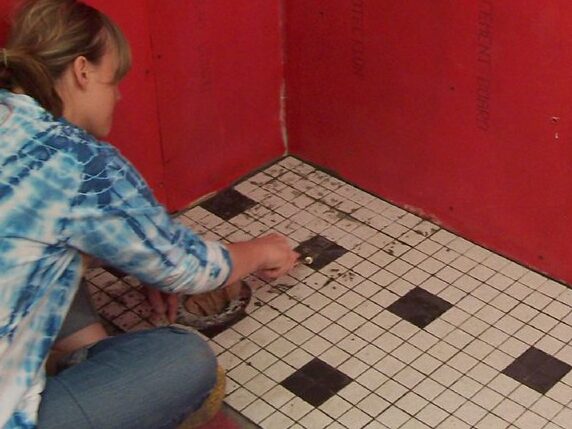
Dirty grout can make a bathroom look old, but hydrogen peroxide restores it easily. Applying it with an old toothbrush lifts stains and brightens tile grout without scrubbing too hard. Letting it sit for a few minutes before rinsing enhances its whitening effect.
This method is a safe alternative to bleach, which can be harsh on some surfaces. It’s also effective for kitchen backsplashes and tiled floors. With regular use, grout stays fresh and mold-free without the need for harsh chemicals.
11. Tea Bags to Deodorize Shoes

Tea bags absorb moisture and odors, making them a great shoe deodorizer. Placing a few dry tea bags inside shoes overnight eliminates bad smells. The tannins in tea help neutralize odor-causing bacteria.
This trick works well for gym shoes, work boots, and sneakers. It’s an easy, natural way to keep shoes fresh without sprays or powders. Plus, it leaves behind a light, pleasant scent.
12. Aluminum Foil to Scrub Pots and Pans
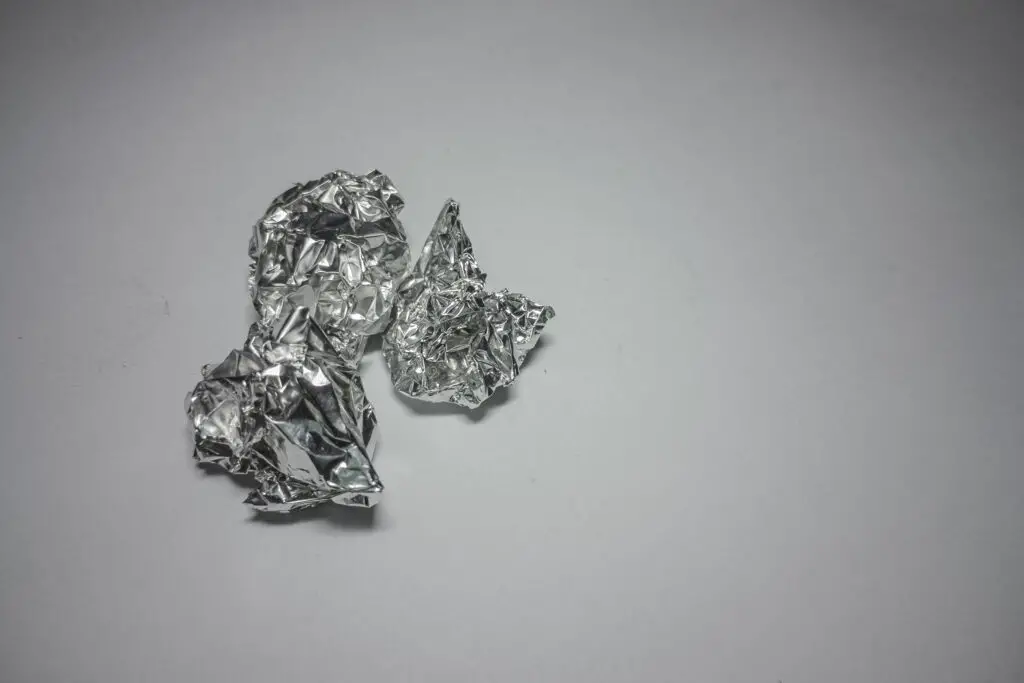
Crumbled aluminum foil works as a great scrubber for tough food residue on pots and pans. It’s especially useful for cast iron skillets and baking sheets with stuck-on grime. The foil’s texture helps break down buildup without damaging surfaces.
This trick saves money on sponges and steel wool while being just as effective. Using a bit of dish soap with the foil enhances its cleaning power. It’s another example of how simple household items can be repurposed for cleaning.
13. Drying Laundry Outside
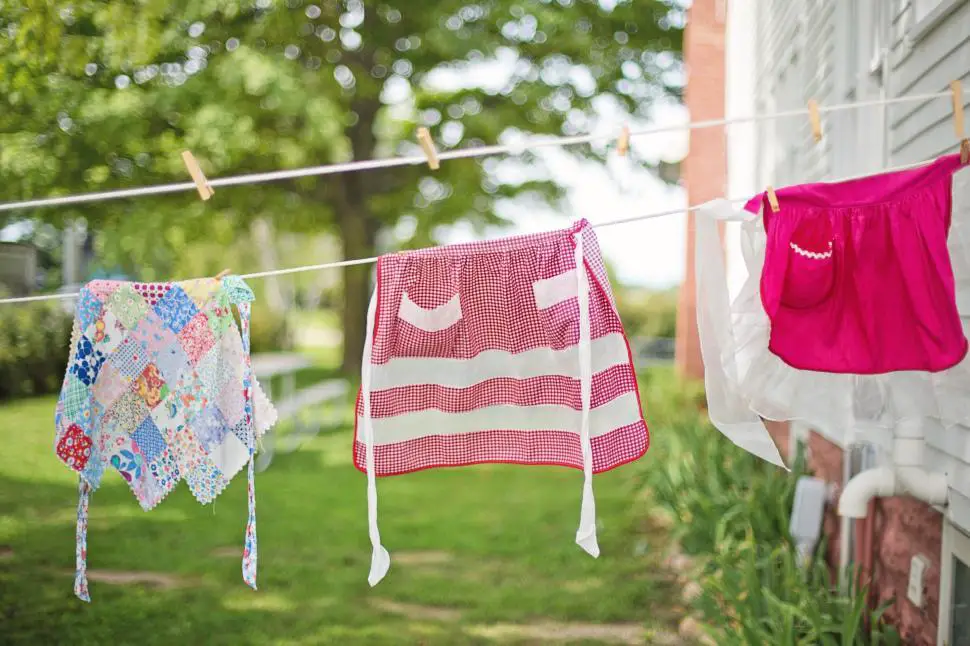
Drying laundry outdoors is an energy-saving alternative to using an electric dryer. The sun naturally whitens and disinfects clothes, making it especially effective for whites and baby items. Fresh air gives laundry a clean, crisp scent that no artificial fragrance can replicate.
Line drying is gentler on fabrics, helping clothes last longer and maintain their shape. It also reduces household utility bills and your overall carbon footprint. While it may take a bit more time, the benefits to your clothes, wallet, and the environment make it well worth the effort.
